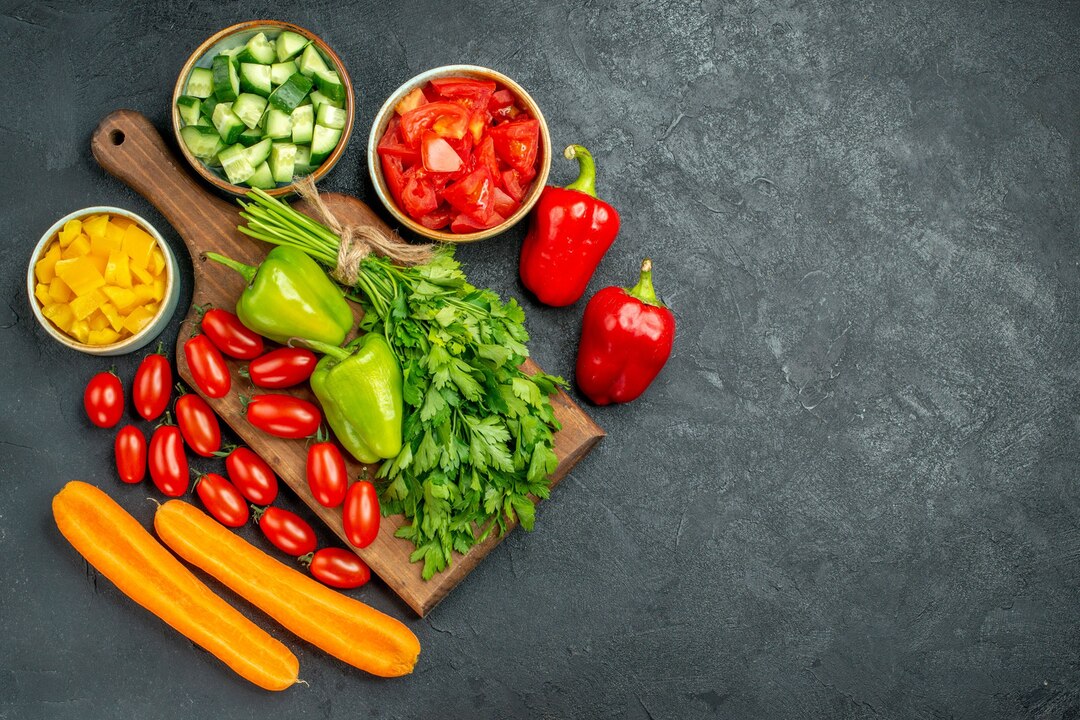Embarking on a raw vegan diet can offer numerous health benefits, including increased energy, improved digestion, and a plethora of vitamins and minerals from fresh fruits, vegetables, nuts, and seeds. However, one concern that often arises is whether it’s possible to get enough protein on a raw vegan diet without relying on animal products. The good news is that with careful planning and attention to food choices, it’s entirely possible to meet your protein needs while following a raw vegan lifestyle. In this article, we’ll explore various strategies to ensure you’re getting an adequate amount of protein while adhering to a raw vegan diet.
- Incorporate Protein-Rich Plant Foods:
While fruits and vegetables are the cornerstone of a raw vegan diet, there are plenty of protein-rich plant foods to include in your meals. Legumes such as lentils, chickpeas, and black beans can be sprouted and consumed raw, providing a significant protein boost. Additionally, nuts and seeds like almonds, pumpkin seeds, hemp seeds, and chia seeds are excellent sources of protein and can be enjoyed in their raw form or as nut butters and spreads. - Optimize Nutrient-Dense Smoothies:
Smoothies are a convenient and delicious way to pack a variety of nutrients, including protein, into your diet. Blend together leafy greens like spinach or kale with fruits such as bananas, berries, or mangoes, and add a scoop of plant-based protein powder made from ingredients like pea protein, brown rice protein, or hemp protein. You can also incorporate nuts, seeds, or nut butters into your smoothies for an extra protein punch. - Sprout Your Grains and Legumes:
Sprouting grains and legumes not only increases their nutritional value but also makes them more digestible and bioavailable. Sprouted grains like quinoa, buckwheat, and amaranth are excellent sources of protein and can be enjoyed raw in salads, wraps, or as a base for Buddha bowls. Similarly, sprouted legumes like lentils, mung beans, and chickpeas can be added to salads, blended into dips, or used as a filling for raw vegan wraps and sandwiches. - Embrace Raw Vegan Protein Supplements:
In some cases, it may be challenging to meet your protein needs solely through whole foods, especially if you have higher protein requirements due to factors such as physical activity or muscle building. In such instances, incorporating raw vegan protein supplements can be beneficial. Look for protein powders made from high-quality plant sources such as peas, brown rice, hemp, or a blend of several plant proteins. These supplements can be mixed with water, nut milk, or added to smoothies and raw vegan desserts to increase their protein content. - Focus on Balanced Meals and Snacks:
To ensure you’re getting enough protein on a raw vegan diet, aim to include protein-rich foods in each meal and snack throughout the day. Pair fruits and vegetables with protein sources such as nuts, seeds, sprouted grains, or legumes to create balanced and satisfying meals. For example, enjoy a salad topped with sprouted chickpeas, a raw vegan Buddha bowl with quinoa and mixed vegetables, or a snack of sliced apples with almond butter.
Meeting your protein needs on a raw vegan diet is entirely achievable with thoughtful planning and a diverse selection of plant-based foods. By incorporating protein-rich whole foods, optimizing nutrient-dense smoothies, sprouting grains and legumes, embracing raw vegan protein supplements when necessary, and focusing on balanced meals and snacks, you can ensure you’re getting an adequate amount of protein to support your health and well-being while thriving on a raw vegan lifestyle.








